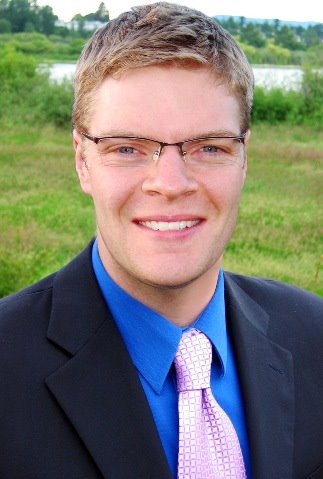Curbside compost unlikely for years
Erin Cardone, Saanich News. June 4, 2008.
It’s high time Saanich got on board with curbside compost collection, Dean Murdock says.
If the region’s largest municipality kicked its composed to the curb, it would keep more than 15,000 tonnes of waste out of Hartland landfill annually – that’s more than 35 per cent of all organic materials dumped at Hartland every year.
Where other municipalities have signed on to curbside composting pilot projects and invested in the equipment needed to make it happen, “Saanich is dragging its feet,” said Murdock, chair of the Sierra Club Victoria Group. “It’s a bit of a surprise to me that they’re not prepared to do it.”
The municipality’s manager of solid waste services Dave McAra said Saanich is working on a strategic plan to align with the Capital Regional District’s goal to ban organic waste from Hartland by 2010 at the earliest.
“There are a lot of issues to work through – value for dollar, cost effectiveness, sustainability,” McAra said. “Our strategic plan that develops will take those in and weigh those factors.”
Consultations with the CRD and other municipalities are fast-tracking the possibility of a curbside compost collection program in Saanich, he said.
“Things will start moving faster. Some of the details we need are there (in reports from the CRD).” The solution isn’t necessarily dual-chamber trucks.
Any system that could manage four different streams of waste and recyclables would be considered, McAra said. The program would be a collaboration between municipalities and the CRD, which has $2.5 million to spend on curbside compost collection over the next five years.
Currently, compost from View Royal and Oak Bay, the two municipalities testing curbside compost pilot projects, is sent to be processed at Cobble Hill. Trucking the material over the Malahat is expensive and emits large amounts of carbon dioxide.
Meanwhile, there’s enough space at Hartland North for a compost-processing vessel, only it’s on hold for the possibility of a sewage treatment there in the future, said John Craveiro, manager of solid waste operations at the CRD.
The region is also looking at combining organic waste and sewage sludge for energy recovery, but no hard plans are in the works.
Murdock says there would be several benefits to a regional composting program. Diverting organic waste from the landfill would help Hartland on its quest to divert 60 per cent of its waste by 2012.
Second, methane generated by compost processing could be captured as energy to be used by Hartland and sold for revenue.
The compost, once processed, could also be sold for revenue. “It’s something we’ve realized some time ago, that without the removal of organic waste from the waste stream, we’ll never reach 60 per cent diversion (from Hartland),” Craveiro said.
The Sierra Club is hosting a public forum June 10 at 7 p.m. in the Michelle Pujol room at the University of Victoria to get Capital Region dwellers talking about curbside composting.
“We want to make a statement that this material (organic waste) is not acceptable at the landfill,” Murdock said. He hopes public interest will generate action in local governments.
Subscribe to:
Post Comments (Atom)


1 comment:
How did the
The Sierra Club forum go??
Post a Comment